Lithium Tetrachloroaluminate Sputtering Target Description
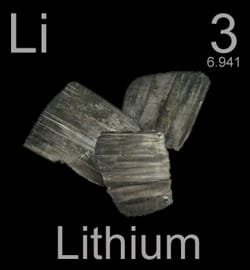 Lithium tetrachloroaluminate sputtering target is a white sputtering material with the formula LiAlCl₄, used as a liquid cathode and electrolyte in some lithium batteries when dissolved in thionyl chloride.
Lithium tetrachloroaluminate sputtering target is a white sputtering material with the formula LiAlCl₄, used as a liquid cathode and electrolyte in some lithium batteries when dissolved in thionyl chloride.
Lithium, derived from the Greek word ‘lithos’ meaning stone, was first mentioned in 1817 by A. Arfwedson and later isolated by W. T. Brande. The chemical symbol for lithium is ‘Li,’ with an atomic number of 3, located in Period 2, Group 1 of the s-block in the periodic table. Its relative atomic mass is 6.941(2) Dalton, with the number in brackets indicating the uncertainty.
Related: Lithium Sputtering Target
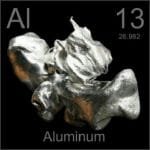
Aluminum, also known as Aluminium, is a silvery-white, soft, non-magnetic, and ductile metal belonging to the boron group. It constitutes about 8% of the Earth’s crust by mass, making it the third most abundant element after oxygen and silicon, and the most abundant metal in the crust, although it is less common in the mantle below. The primary ore of aluminum is bauxite. Due to its high reactivity, native aluminum specimens are rare, occurring only in extreme reducing environments. Instead, aluminum is typically found combined in over 270 different minerals.
Related: Aluminum Sputtering Target
Lithium Tetrachloroaluminate Sputtering Target Specification
| Material Type | Lithium Tetrachloroaluminate |
| Symbol | LiAlCl4 |
| Color/Appearance | White Solid |
| Molecular Weight | 175.73 |
| Melting Point | 143 °C |
| Available Sizes | Dia.: 2.0″, 3.0″, 4.0″, 5.0″, 6.0″ Thick: 0.125″, 0.250″ |

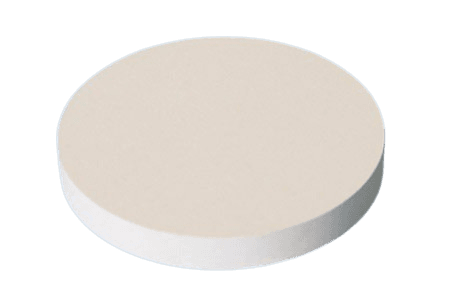
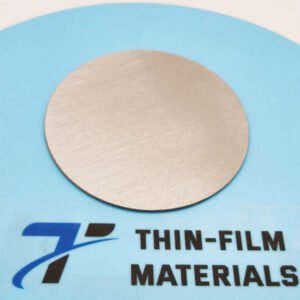

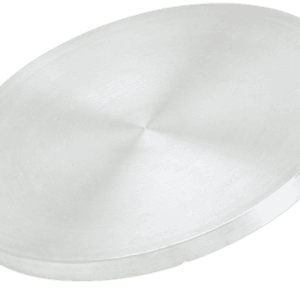
Reviews
There are no reviews yet.